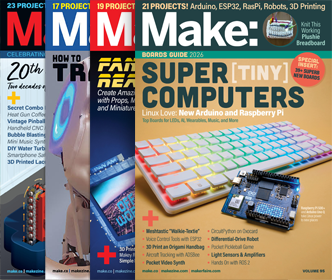The advent of the always-on internet connection has transformed modern computing. While you’re away from the keyboard, your software can automatically update itself, fixing bugs and patching security flaws. Or automatically back up data from your hard drive to a remote server so that, in the event of disaster, you still have a record of even your most recent work. Distributed computing applications like SETI@home and Folding@home allow you to contribute your computer’s processing power, while you’re not using it, to solving computation-intensive problems like identifying extraterrestrial transmissions and understanding complex biomolecules. There’s all kinds of good stuff your computer can do with that internet connection, while you’re away.
It can also, of course, get into lots of trouble. Backdoors, bot-nets, spyware—the list goes on. And while the good guys may allow you to configure their off-hours internet usage in software, and will probably respect your choices, the bad guys won’t.
If you want to be double-dog sure, here’s a simple, fool-proof answer: a hardware kill switch. Put one on the wired connection between your computer and router and use it to unambiguously isolate that computer from the internet whenever you want. Or put it between your router (wireless or otherwise) and your ISP hardware to control the connection for the entire house. Sure, you could just unplug the cable, but that’s hard on the connectors, and the switch is faster to use and neater-looking, to boot.
And it couldn’t be much easier to build. We’ll show you how to build an unobtrusive basic Internet Kill Switch, and then an over-the-top “dramatic version” that’s a bit more fun to make and use.






























 To use, mount the switch box using the bundled screws or double-sided adhesive foam. Connect your computer (or router) to one side of the switch, and your router (or ISP equipment) to the other. Click! Goodnight.
To use, mount the switch box using the bundled screws or double-sided adhesive foam. Connect your computer (or router) to one side of the switch, and your router (or ISP equipment) to the other. Click! Goodnight. 





